Your history is not merely a collection of past events. It’s a treasure trove of experiences, lessons and wisdom that can shape your present and pave the way for a brighter future.
By digitally preserving your history and sharing it in a digital archive you’ll create an incredibly powerful tool for your team to better engage with and learn from your audiences.
We’ve put together a brief list of ways to use your history (and your digital archive), but truly the opportunities are endless.
Membership & Staff Growth
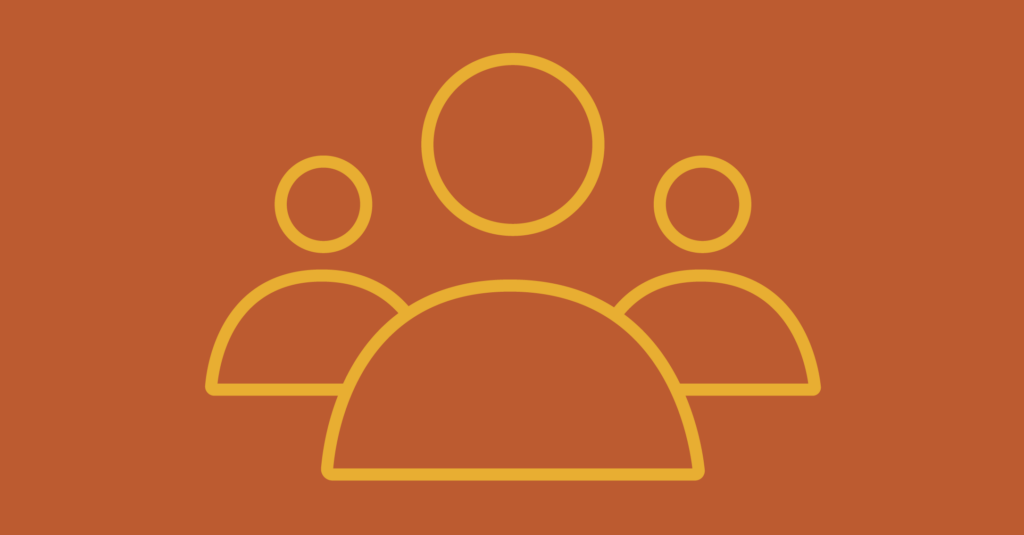
A strong, established history can be a very compelling reason to join an organization. People want to be a part of something larger than themselves. You can use your historical materials to demonstrate how belonging to your organization has created that experience for people for decades, or maybe even centuries.
By creating access to archival materials, your team can easily and more clearly craft messaging to communicate your core values that have attracted new members and staff throughout your history. They can look to founding documents to review the original vision or showcase past accomplishments.
As you share photos, quotes or information with potential new members and staff, provide links to your digital archive so those interested can dive further. Remember that you’re building the next generation of your organization! Creating that sense of belonging and connection from the get-go is essential.
New Member & Staff Education
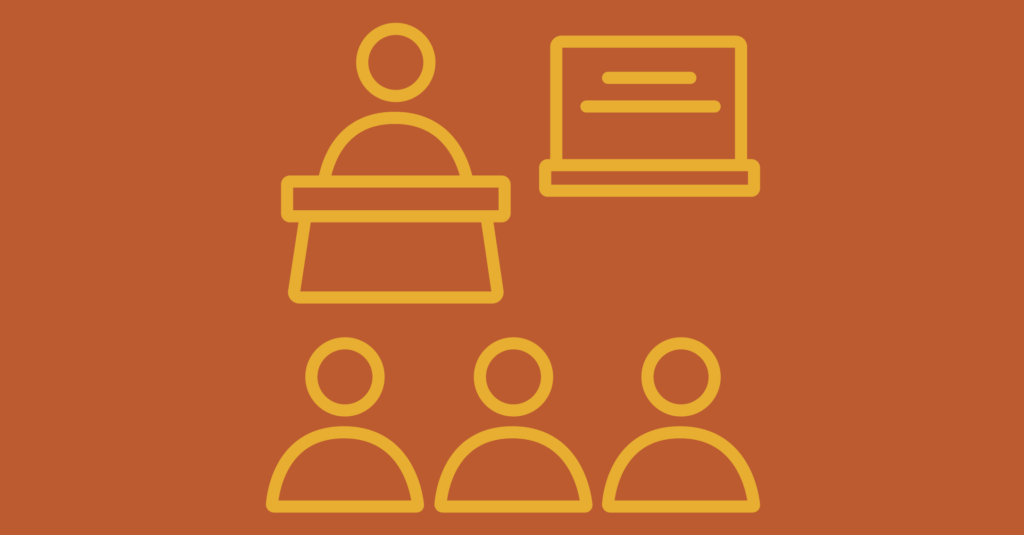
Whether you’re a member-based organization or just in need of getting new team members up to speed, your history can be a helpful onboarding tool.
By making your materials, timelines, exhibits and biographies easily accessible, your members and staff can better understand your mission and how it has evolved over time. Your history can also inspire new ideas and initiatives based on past successes or challenges.
If you have a new member or staff training guide, consider weaving your archival materials into that piece. Provide links to your digital museum for relevant content as you discuss your organization’s history, mission and values. By sharing additional, engaging resources, your team will develop a deeper connection.
Some organizations have unique traditions. Sharing the history of these events helps new members understand the meaning and symbolism woven throughout. Each HistoryIT digital museum has the capability to share “member-only” materials to ensure the security of confidential materials.
Unique Engagement Opportunities
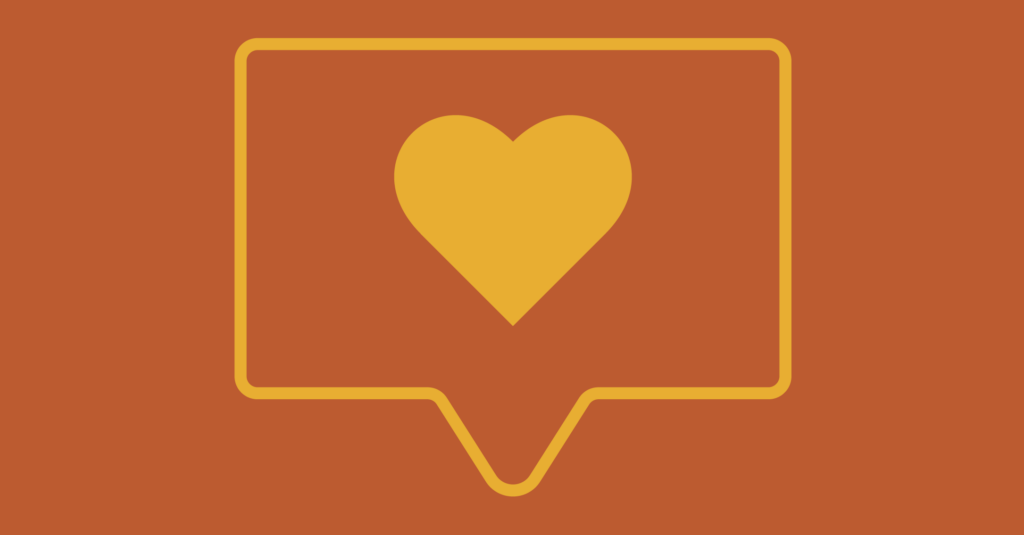
Your historical materials can provide your team a wealth of content to connect with your audiences — members, staff, the local community, etc. With digital access to old photos, documents and memorabilia, you have a treasure trove of materials to share and inspire.
Here are a few ideas to get you started:
Social Media
From #TBT to kitschy holidays, a fully searchable digital archive can help your social team to quickly find quality content. They’ve likely been dipping into the same wells for years. Now your followers can interact with fresh material that’s highly relevant to their interests — you.
Social media is a great platform to share “mini-histories.” You might come across a photo or a program that has a unique story, but not quite enough to fill out a blog post or podcast. The short attention span of social scrollers is a fantastic place to share that history.
You also have the opportunity to tell your larger story to a broad audience. In a digital museum you can develop carefully crafted exhibits, timelines and biographies. You can then share all of those curated experiences on social media to help educate and engage your followers.
Communications
Many organizations produce publications, blogs and podcasts. With a digital archive you can easily explore new ideas for articles or add context to previously planned pieces.
Consider unique pieces within your collection and what stories they can tell. You could create a fun spread that uses photos to show the evolution of fashion from the perspective of your organization. Or you could use menus from event programs to discuss the history of food or traditional dishes served.
Many of your current activities are likely connected to your past in some way. If developing a story about an upcoming initiative, consider incorporating your history into the piece. With a digital archive you can conduct a quick topical search that would likely yield relevant content to add credibility or depth for your audience.
Events
Your history can both be the focal point of an event and inspiration for events.
Consider hosting a virtual trivia night. Participants can use your digital museum to answer questions! It’s a fun way to get people to engage with your organization’s history and show them how to explore the resource you’ve created.
You can also host virtual exhibit opening events. The beauty of a digital museum is that you can refresh exhibit content without the fabrication and installation expenses. That means you can share more stories with more people. When you release a new experience, put together an unveiling and have someone share a few words.
When planning an event, you can search through your digital archive for opportunities to include quotes from prominent figures. You can also use archival materials to inspire elements of an in person event — from themes and menus to promotional materials.
Harness the Power of Data
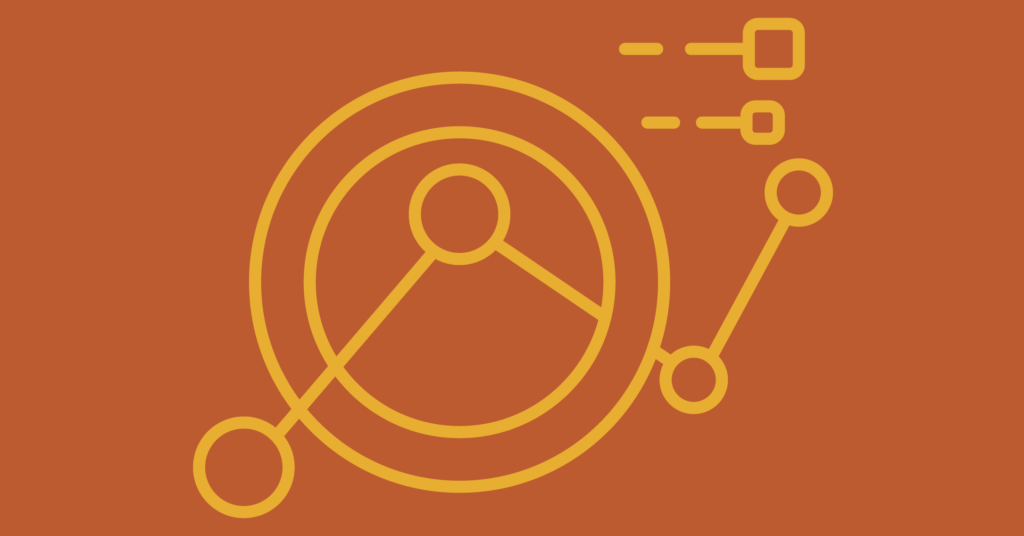
HistoryIT’s digital archives all connect to a Google Analytics account that provides powerful insights into visitor behavior and preferences. By analyzing data, such as page views, keyword searches and visitor demographics, you can gain a deeper understanding of your audiences’ interests and tailor offerings accordingly.
This extends beyond the curation of your digital museum to the selection of content to share via social media, email or publications. You can even review visitor behavior to inform the direction and strategy for your next fundraising campaign or donor solicitation.
This data-driven approach can help you identify trends with more certainty and yield better results.
Fundraising & Donor Development
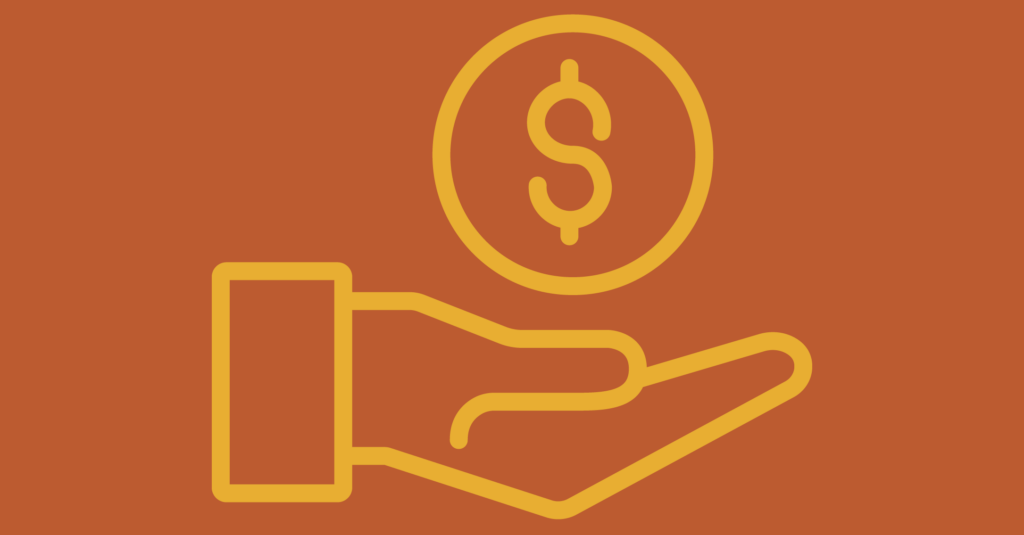
When it comes to fundraising, history can be a powerful tool.
History can also help build relationships with donors. If you know a potential donor’s connection to your organization or how their personal interests relate, look for relevant materials in your digital archive to share. Those little details make a big impact. If someone can see themselves and their interest in your organization, they’ll be motivated to give. Perhaps on a larger scale.
Digital archives also provide a unique opportunity to acknowledge donors. The biographies section included in almost all the digital museums we develop can be used to highlight significant donors. If they’ve donated to the preservation of your organization’s history, you can easily provide naming opportunities on the digital archive itself.
If you want to dive in a bit more, we have a blog post on “How to Fundraise with a Digital Museum.”
Next Steps
Put your history to use. If you need help brainstorming further, drop us a line. We love this stuff!
If you don’t have a digital museum yet, but know your organization could benefit from one — we’re here to help. We work with a wide variety of organizations to develop digital preservation strategies and provide all the support they need to build robust digital archives.






